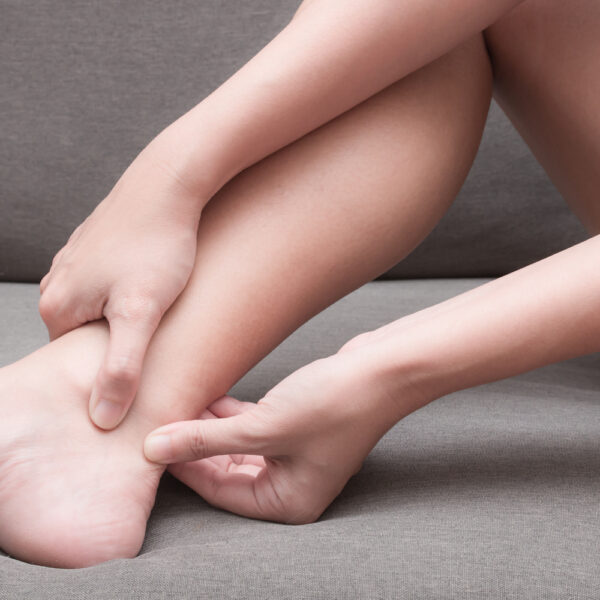
Causes Of Dry Eye Syndrome
Causes of dry eye syndrome Dry eye is a typical condition that happens when there is an insufficient amount of moisture present on the surface of your eyes. A problem with any of the glands in the eye which do not allow for a proper lubrication of the eye by tears leads to this. Dry eyes feel awkward, irritating, and get in the way of daily functionality. In case you suspect you might be suffering from dry eyes, the symptoms to watch out for are a burning sensation or stinging feeling in the eyes, redness, aching eyelids etc. There is a wide range of reasons why this can happen, and usually it is a combination of a few reasons rather than one isolated cause. There are various methods to treat dry eyes. How do you know you have a chronic dry eye? If you feel any or some of these signs, then you are most likely going through chronic dry eye syndrome: A stinging, scorching or scratchy sensation in your eyes Stringy bodily fluid in or around your eyes Light sensitivity Redness An impression of constantly having something in your eyes The trouble with wearing contact focal lenses The trouble with driving in the night Watery eyes due to the body’s reaction to the aggravation of dry eyes Obscured vision or eye weakness How can aging cause dry eye?









